In this article we address a major gap in the practice of project management today! Our hypothesis is that this GAP is one of the leading factors contributing to project challenges and failures. This is a controversial topic since it touches on what project management professionals practice – based on their understanding of global standards, such as the PMBOK Guide or other know-how.
How to improve your success in delivering projects?
If you were a project management practitioner, can you answer this question?
Do you manage and lead your projects to success or do you just implement them – do them – execute the work? There is a huge difference so think before you answer!
You know, execute could also mean KILL 🙂 your project – or deliver it with less than optimal or desired outcome!
It would be safe to assume that you have heard of PMI®, PMBOK® Guide, and PMP® certification. You might be even the the holder of the CAPM®, PMP®, or other certifications. You might even be a PRINCE2 or a holder of other PM certifications. Yet, you might still have some uncertainties about how to manage projects effectively?
You are not alone! Many studies (Standish Group CHAOS Report, Independent Projects Analysis, Oxford Universities …) show that most projects still fail or are challenged. Despite the fact that IPMA, PMI, and other associations existed for about 50 years we still generate a high level of failed projects.
One Potential Reason
One potential reason for the above is that you execute the project – you do the work – but possibly:
- without, or brief (optimistic), feasibility study
- with no, or little, planning
- planning but without historical information – in other words, guesswork
- no or weak project control and performance assessment
In other words, we go with flow, we react instead of being proactive … basically, we might be fooling ourselves that we are managing and leading whereas in reality – we are just executing!
Another Potential Concern
Although the issues here are not limited to PMI and PMI certificate holders, but the focus is on the biggest and most visible, which is PMI.
Did you realize that the PMBOK® Guide is not a complete project management methodology and it is not enough to manage projects? Do not take our words for it … Read on …
PMBOK® Guide is NOT a project management methodology
We also know that in today’s environment, PMI is the largest and most recognized professional association and its PMP® is the most popular project management certification today. Yet, many do not realize that the PMBOK® Guide is not enough to manage projects effectively.
The PMBOK is a Framework and not a Project Management Methodology, although many think it is a methodology. The above view is not a SUKAD opinion, it is from the PMBOK and here are some direct quotations:
- “The PMBOK® Guide identifies that subset of the project management body of knowledge”, PMBOK Guide, 5th Edition, Chapter 1, page 2
- ” … this standard is a guide rather than a specific methodology. One can use different methodologies and tools (e.g., agile, waterfall, PRINCE2) to implement the project management framework.” Same source and page
PMBOK® Guide is REAL WORLD
It is clear the PMBOK® Guide is not a methodology and is not a complete body of knowledge, does that it make it not good, or what some claims that it is “not real world”? Absolutely Not!
The PMBOK® Guide is a good standard and quite valuable but like any standard it has gaps, inconsistencies, or even errors.
The PMBOK is from the real world! As a project management practitioner, I have used every single process from the PMBOK in my projects over a 30 years career; even before the PMBOK existed as a standard.
Then what is the problem?
There is no problem, if one sees the big picture.
Gaps in Project Management Practices
In most cultures, a healthy meal consists of different ingredients and dishes. We need to balance our food to get the necessary nutrients from various sources. This might be a silly example, but it is simple and it applies in project management.
- PMI offers us the PMBOK with a focus on processes,
- PRINCE2 is a method,
- IPMA offers us ICB (IPMA Competence Baseline) with a focus on competence,
In other words, we need a balanced approach; if we are to lead projects to success instead of executing them!
The SUKAD Way™ for Organizational Project Management
We, in SUKAD, realize that most practitioners will not go around to study every standard on project management. Therefore, we developed our SUKAD Way™ approach for managing organizational projects where we emphasize the need to balance the various approaches; or at least use a simplified version of what exists.
This model, have seven elements, four in the core, and three touching on all core elements. Part of that approach, there are two core elements that integrates tightly. These are “Method” and “Processes and Functions”. The knowledge foundation for Processes and Functions is the PMBOK Guide! In other words, the PMBOK is a core element but it is NOT the only core / fundamental element.
Project Management Method
The other core element, Method, is a reference to a project management methodology. Practitioners can use any methodology that is a better fit for their environment, such as PRINCE2, or develop their own, internally.
On the other hand, if an organization has not developed an internal method, SUKAD has developed a methodological approach that align well (and integrate) with the PMBOK, which we call The Customizable and Adaptable Methodology for Managing Projects™ (CAM2P™). We developed this methodological approach about 6 years ago to supplement the PMBOK and cover the gaps in project management practices.
In a way, we wanted it to be the PMBOK Method! Our methodology is a project life cycle driven approach (project life cycle ≠ process groups) where the process groups, knowledge areas, and project stages interact to help the practitioner enhance the chance of success on their projects.
The following image shows the interactions of as project life span with the PMBOK.
The following image is a bit more complex but it shows the same thing as the previous one but in a different graphical approach. We will soon develop a video explaining the whole thing!
How to use the above graphics?
To lead the delivery of successful projects, we recommend integrating three essential approaches:
- The SUKAD CAM2P™ Model – as a project life cycle approach
- The PMBOK® Guide – processes and functions
- IPMA (or similar approach) for the competence framework (not shown in the graphics)
The sequence will be per the following:
- The first step is to define your project life span – where do you start and where is the end? This will vary from one organization to another and even among projects within the same organization,
- Subdivide the project life span into phases and/or stages – for better control,
- Apply the PMBOK process groups to every phase/stage … yes, we initiate, plan, execute, control, and close every stage,
- Finally, while applying the process groups, you will be applying the processes from the various knowledge areas, as appropriate!
Closing Comments
If you want a healthy life, you cannot eat one type of food only, you need to balance your diet to get the necessary nutrients.
In project management, we need a balance and healthy approach. We cannot understand how some providers and even PMI chapters market the PMBOK as the Best Practices; The Methodology; The Complete Guide … whereas the volunteers who developed it and PMI itself are telling us this is a “SUBSET of the project management body of knowledge” and “is not a methodology”.
It is time for organizations to understand the big picture – otherwise – live with less than optimal performance!
More in the future …

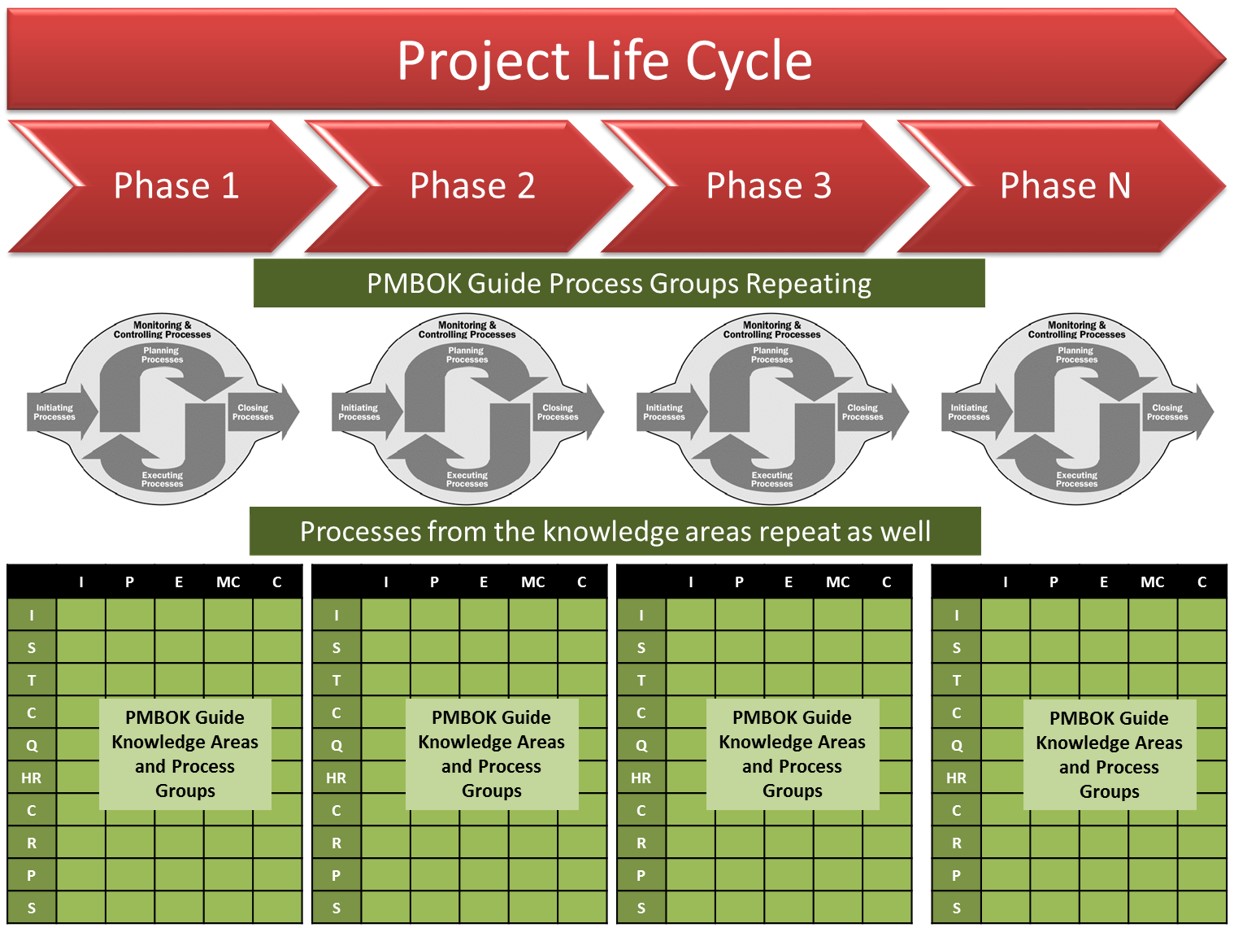
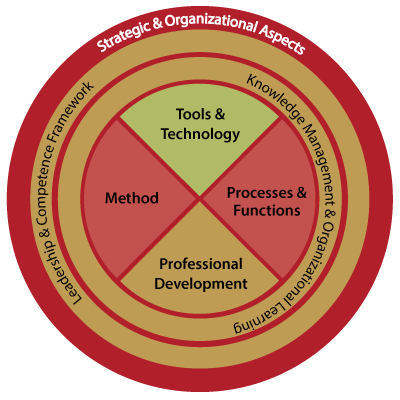
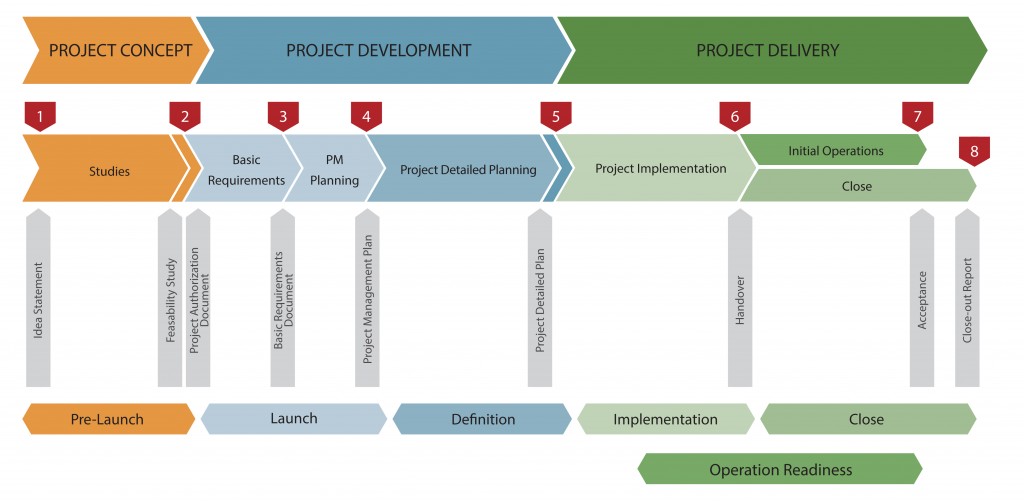
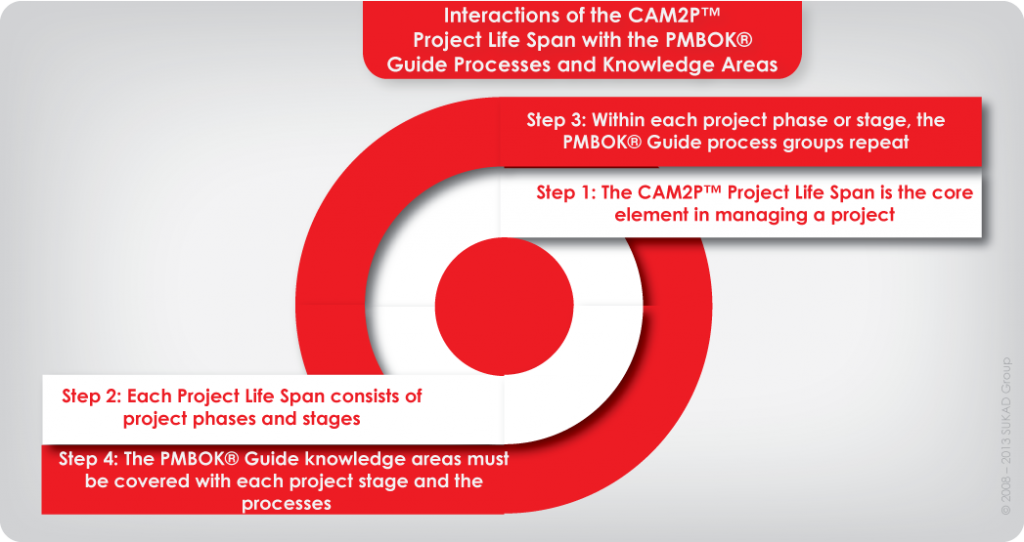
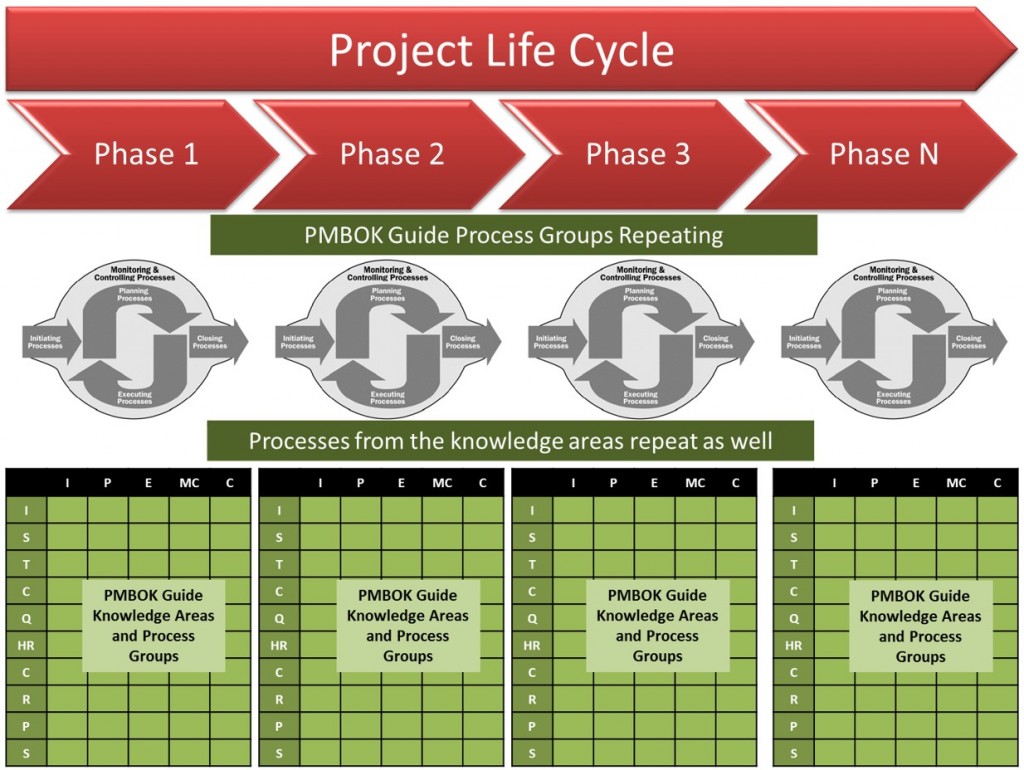
Thank you for. Your sharing article, that’s so useful.
Thank you